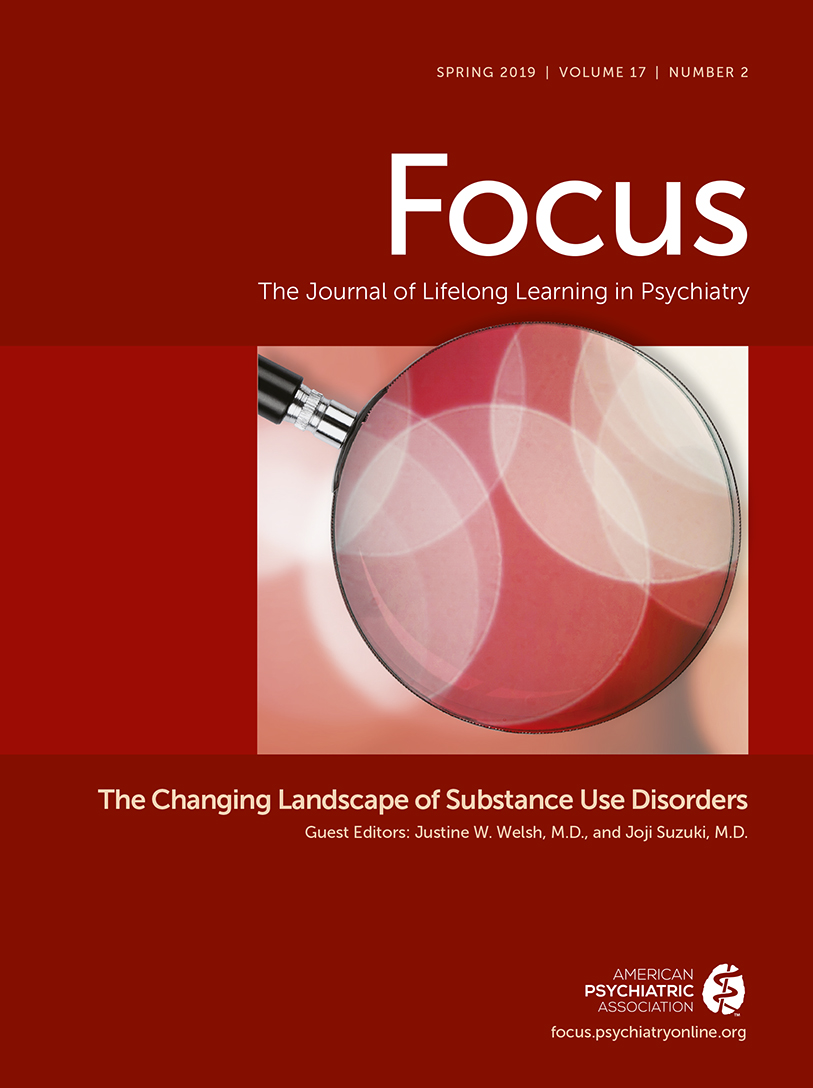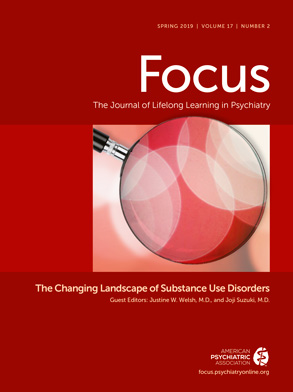The root causes of the modern opioid crisis are complex and traceable to at least 30 factors (B.K. Madras, National Drug Early Warning System Webinar, Jan. 10, 2018;
https://ndews.umd.edu/resources/opioid-commission-summary-and-lessons-learned). A prime driver has been the health care system. Pressure on medical practitioners to resort to opioids for managing chronic pain led to a nation awash with prescription opioids, from both legitimately prescribed and diverted prescription sources. An initial catalyst was a letter to the editor of the
New England Journal of Medicine in 1980, with the title “Addiction Rare in Patients Treated with Narcotics” (
7). The authors of this five-sentence letter scrutinized the records of hospitalized patients and concluded that opioid addiction was rare, even though they provided no information regarding doses, duration of opioid treatment, opioid consumption postdischarge, long-term follow-up, or criteria for addiction. The letter garnered an unusual 600, mostly affirmative, citations (
8). Six years later, another and inadequately powered study concluded that “opioid maintenance therapy can be a safe, salutary and more humane alternative to the options of surgery or no treatment in those patients with intractable non-malignant pain and no history of drug abuse” (
9, p. 1). These reports abetted aggressive advocacy for chronic pain management with opioids (
9–
11) by patients with chronic pain and by professional pain societies (
12,
13). Critically, it empowered the opioid pharmaceutical industry to sponsor thousands of “educational” events for prescribers on the safety of opioids to treat chronic pain (
14). In response to the pain movement, the Department of Veterans Affairs and then the Joint Commission designated pain as the “fifth vital sign” (
15). Administrators and regulatory bodies pressured physicians to raise patient satisfaction scores primarily by addressing pain with opioids. In a recent survey of emergency department physicians, 71% reported a perceived pressure to prescribe opioid analgesics to avoid administrative and regulatory criticism, and 98% felt that patient satisfaction scores are excessively relied on by reimbursement providers to evaluate management of their patients. The physician requirement to address pain as the “fifth vital sign” (
16)—reimbursement metrics based on patient satisfaction—may have inadvertently created a peculiar American environment conducive to opioid prescribing and exploitation by prescription opioid misusers (
17). The erosion of opiophobia among health care providers, coupled with pressure from pain patients and the pharmaceutical industry, led to a >300% increase in opioid prescriptions. Conscientious physicians and detractors who issued cautionary statements and guidelines were essentially ignored, while advocates were given center stage (
18). The vast excess of unused and unneeded opioids was heavily diverted for nonmedical use (as stated in the annual reports of the National Survey on Drug Use and Health [NSDUH;
https://nsduhweb.rti.org/respweb/homepage.cfm] for 2006–2017).
The United States became awash with prescription opioids, a crisis unique to the country, as it ranks well above other “high-prescribing” nations on opioid-prescribing practices and prescription opioid deaths (
19). A significant excess entered the system, as unused and unneeded opioids were diverted for nonmedical use. Excessive prescribing of opioids continues to this day, even though new opioid prescriptions are declining (
20). Prescribing levels in 2015 were three times those of 1999, but trends are encouraging. Analysis of the NSDUH data indicate that nonmedical use of opioid analgesics declined from 48.4 per 1,000 persons between 2003 and 2005 to 43.3 per 1,000 persons between 2012 and 2014. In contrast, increases in abuse or dependence were observed during the same time interval (6.0 to 7.5 per 1,000 persons) (
21). The prevalence of prescription opioid use disorder among users of nonmedical prescription opioids during this time period significantly increased among 18- to 34-year-olds but stayed relatively stable for 12- to 17-year-olds (
22). Counterbalancing this movement is déjà vu, with the current evidence once again questioning the safety and efficacy of prescription opioids for chronic pain: (1) Treatment with opioids was shown to be not superior to treatment with nonopioid medications for improving moderate to severe chronic back pain or hip or knee osteoarthritis pain and pain-related function over 12 months, with findings not supportive of opioid therapy initiation (
23); and (2) a meta-analysis of 96 randomized clinical trials and 26,169 patients with chronic noncancer pain showed that the use of opioids (compared with placebo but not with other analgesics) was associated with small reductions in pain (−0.69 cm on a 10-cm scale) and small improvements in physical functioning (2.04 of 100 points) (
24). Accordingly, opioids may provide benefit for chronic noncancer pain, but the magnitude is likely to be small and the potential for adverse events high.
The current crisis is more lethal than it was at the onset of the problem, because fentanyl and its analogs have replaced prescription opioids as a primary cause of opioid overdose deaths (
25). Fentanyl is lethal at vanishingly low doses (
26); its high potency makes even distribution of fentanyl powder/crystals within “fillers” difficult. Fentanyl can catalyze respiratory depression rapidly, often long before first responders become aware, are alerted or can react. Counterfeit pill presses disguise fentanyl in pills marketed on the street as prescription opioids, or sedatives, and counterfeit powders sold as cocaine can be lethal to users who have not developed tolerance to opioids (
26). Strategies to end the opioid crisis are grounded in these realities but are bolstered by the advent of large-scale data analytics, evidence-based pharmaceutical treatments, early detection, and lessons learned from the previous crisis (
27).

